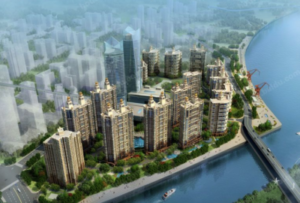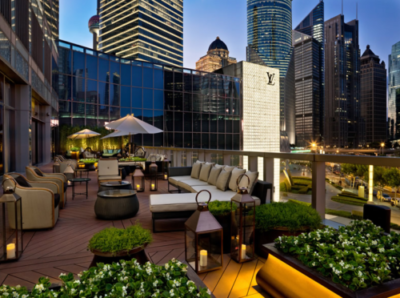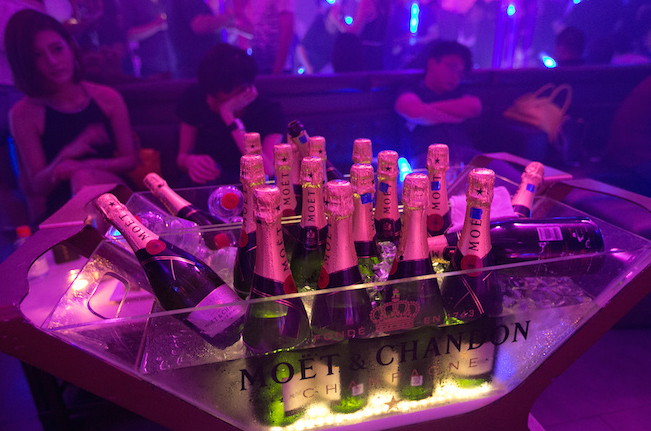Shanghai is China’s second largest city and is naturally too large to get to know in a few days. Shanghai has long been an international trading center. The British established some troops here already in 1842. The French and the Japanese joined the Englishmen a bit later, and Shanghai had more than 60,000 foreign residents in 1930. The city has in recent years been developing rapidly, especially in the economical aspect. Shanghai has in many ways taken over for Hong Kong in terms of business life in China and the city hosts a lot of multinational companies such as BMW, Volvo and Bank China.
Shanghai covers a large area. The center consists of two areas – Puxi and Pudong. Puxi is located west of the Huangpu River, while Pudong is on the east side of the Huangpu.
Puxi district of Shanghai
Puxi area consists of nine districts. Area attractions and shopping streets, restaurants, hotels, night clubs and not least the Bund. The Bund is the historic core of Shanghai. Here are Nanjing Donglu, which is China’s busiest shopping street.
Renmin Square symbolizes the cultural part of Shanghai. Here you will find famous buildings such as the Grand Theatre and Shanghai Museum. Huangpu and Jing’an are the most appropriate areas for a tourist in the Puxi area.
Southeast in Puxi you will find “Old Town” or “Chinatown”, where the poorest Chinese people live. Chinatown is an experience that you will remember the rest of your life. Ancient buildings that offer a genuine Chinese experience should be a part of every Shanghai tourists schedule while visiting this vibrant city.
Slightly north of Chinatown you’ll find the French Concession district, where the famous street Nanjing Xilu is located and worth a visit. Here you will find many of the best shopping centers, good hotels and magnificent office buildings that are so huge even Americans will be surprised.
Pudong in Shanghai
Pudong is larger than the Puxi area. It’s pretty amazing considering that the development of the Pudong area did not begin until 1990. Skyscrapers rises toward the sky, and the area is as big as the whole New York city center. The largest land fields are Oriental Pearl (also called the “TV tower”, which rises 468 meters above the ground) and Jinmao tower (420.5 meters).
The night Life in Shanghai is filled with clubs, pubs and bars. If you seek nightclubs and bars of an international standard, you have to expect to pay international prices. The price of drinks and snacks cost the same as in Northern Europe (Sweden & Norway – expensive!), but the beer prices in Shanghai is a bit cheaper. Many of the bars downtown have live music, and the music ranges from jazz, pop, hip hop and house.
Shanghai has several “bar streets”, and as the city evolves, more and more new streets with trendy nightspots risen. Our tip is that you get a last service at the reception of the larger hotels in the city. Street Maoming Nanlu has long been, and still is, a good Bargate. Hubini Lu, not far from the Old Town, Huaihai Park, also has many bars and clubs and a nice nightlife. An alternative may be street Hengshan Lu in French Concession. Here are the numerous music bars.
Shanghai in general
If you are used to traveling outside Europe, you may well arrange everything for sightseeing and excursions on their own. But be prepared that it might take a lot of time, that very few speak English, and that almost all information is in Chinese. Maybe you’ll be half an hour in line somewhere, only to then be told that you were standing in line in neighboring hatch and must ask you back again. You will certainly want to scream out of frustration daily, but try to stay calm, it is important for the Chinese to not lose face, and they will have less respect for someone who is excited. You can avoid frustration and save time while booking your desired arrangements in advance with a skilled tour. In Norway, the specialist China Travel, who can help you with everything from visas, airport transfers and sightseeing tours in Shanghai to weeklong tours of the country.





